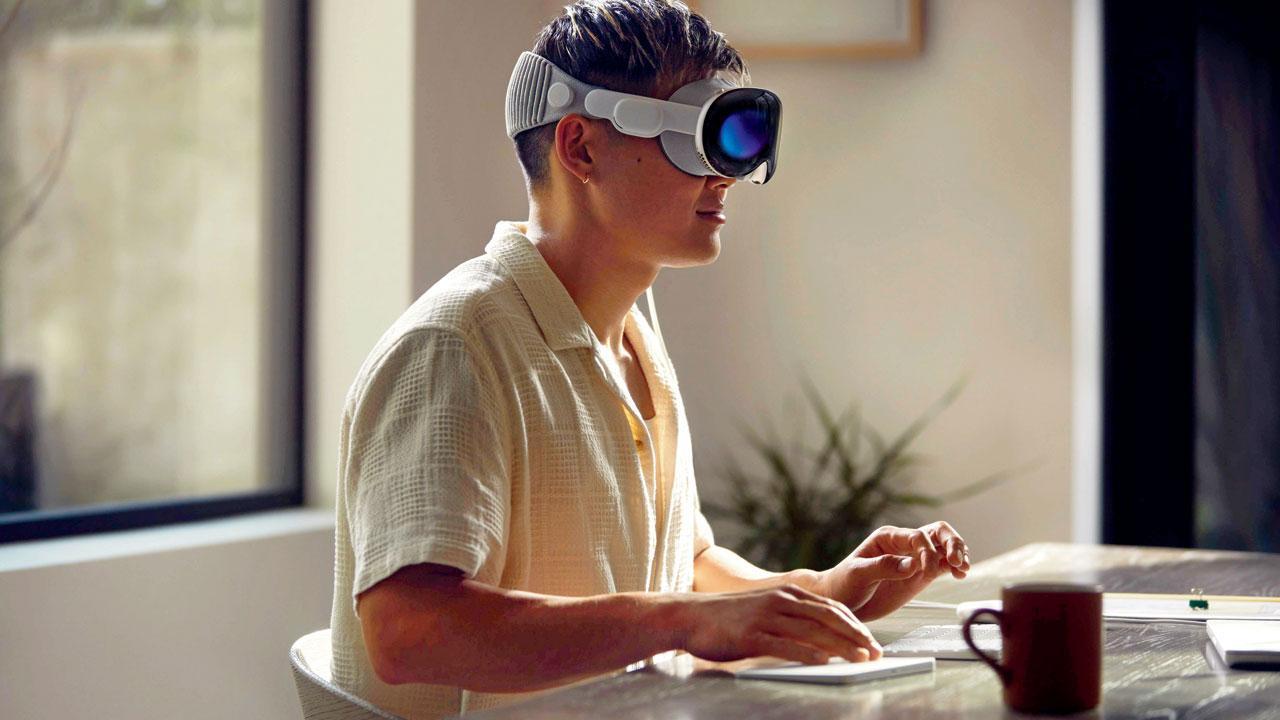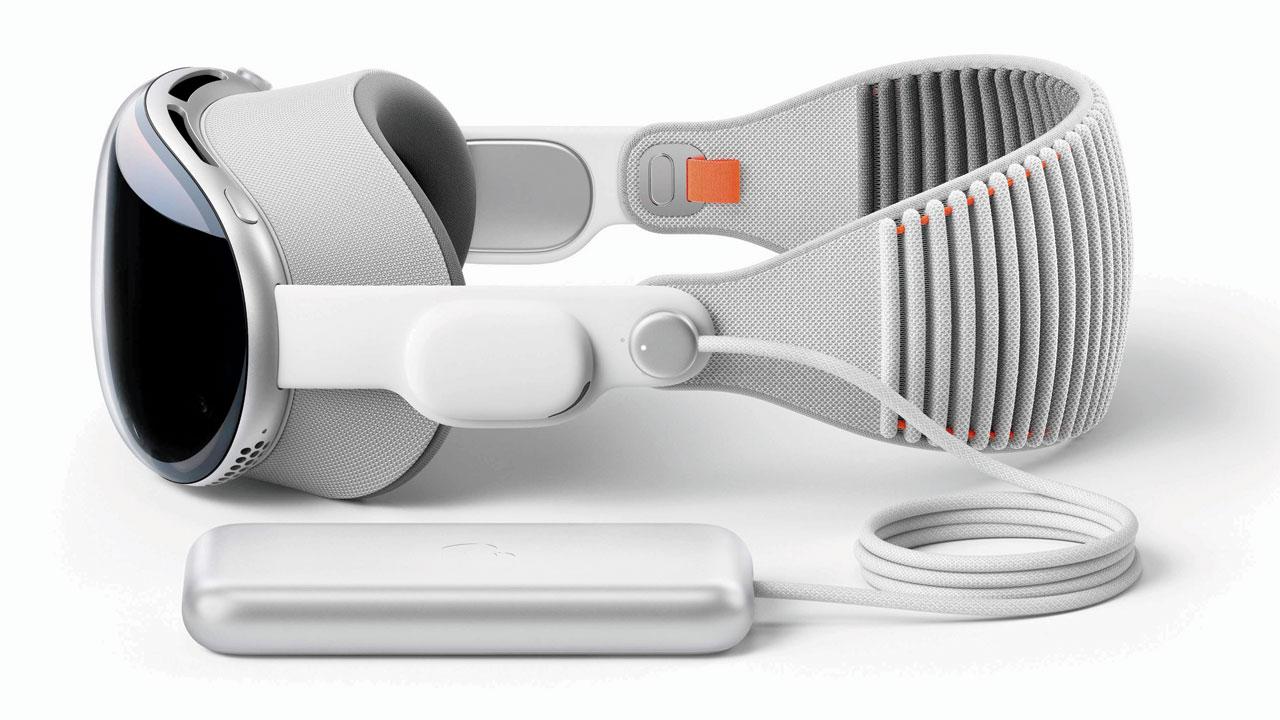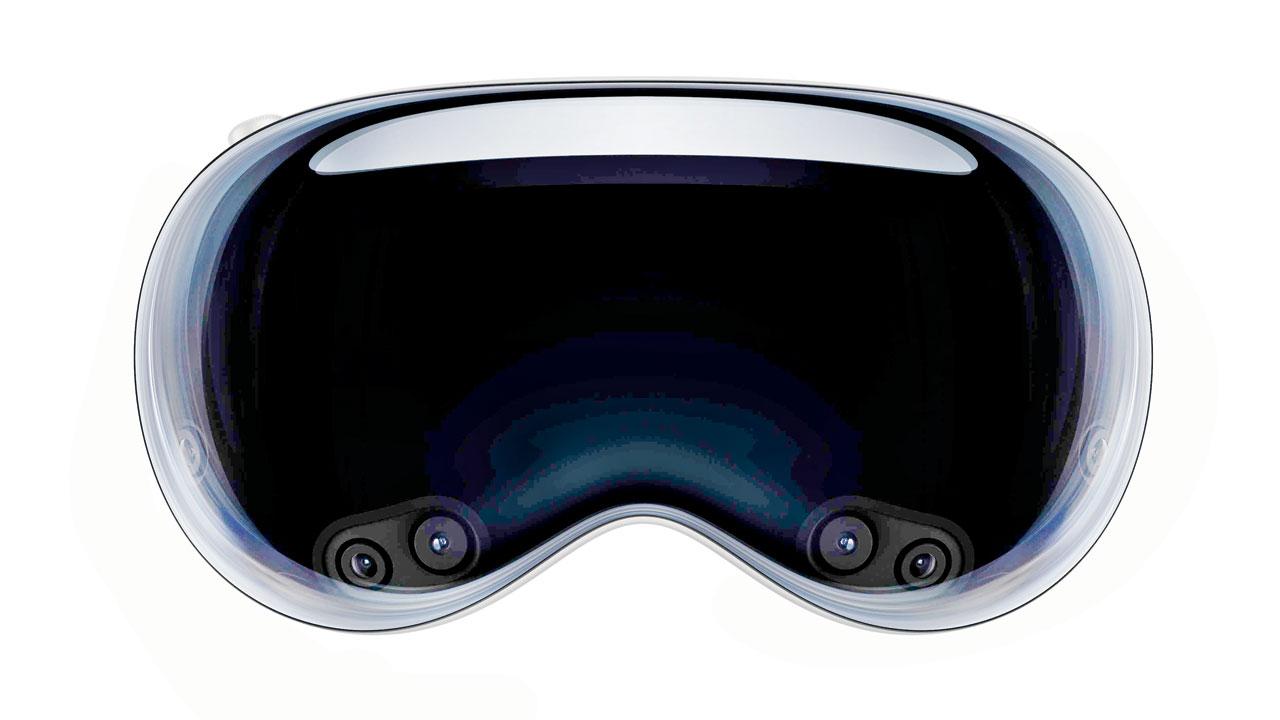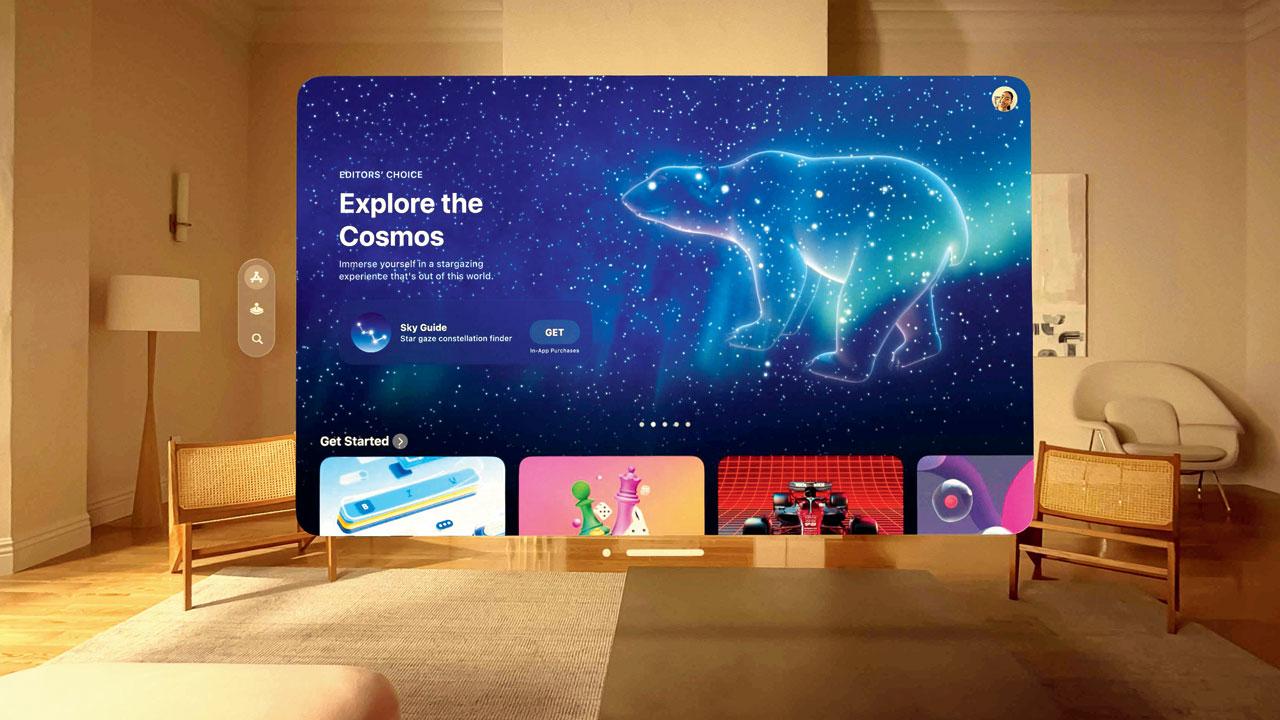Apple’s mixed reality headset is finally here. What does this mean, and how will it affect the future of Augmented and Virtual Reality? All your questions are answered here

Representative Image
Apple’s mixed-reality headset was recently unveiled at this year’s WWDC event. Dubbed the Apple Vision Pro, this device is the start of a new category for the company with a brand-new OS, which hasn’t happened since the Apple Watch.
ADVERTISEMENT
Availability and Price? The spatial computer, as Apple describes it, will be available early next year at a starting price of $3,499 (R2,88,402 approximately). It is certainly eye-wateringly pricey, that is, until you search for comparable alternatives. There isn’t much out there; the closest is Microsoft’s HoloLens 2, which costs the same as Vision Pro. There are cheaper alternatives, but none seem as complete or even as ambitious as Apple’s device.
Vision Pro will be available internationally early next year. However, there is no word on its availability for the Indian market. Considering Apple’s newfound love for India, we should see it relatively close to launch, provided all the paperwork related to a brand-new device category is sorted out in time. It is also entirely possible that Apple may not launch the first gen device here at all, considering India is a price-sensitive market. However, that would be a big mistake.

Despite the high price, we love our gadgets, and we tend to spend money based on value; this device is priced well for what it is. For something like the Vision Pro, the percentage of people buying it would be relatively small. Still, numerically there are enough people in India that will be willing to fork over the $3,499 +taxes + import duty for a chance at owning something like this.
Interestingly the device is missing from the homepage of the Indian website, which probably means they anticipate the upcoming paperwork will not happen in time. We can only hope for the best.
The Tech For such a small device, the Vision Pro packs in much tech. Let’s start with the screens; they are a pair of custom-built Micro-OLED screens with 23 million pixels. That’s more than 4K for each eye.
You can insert lenses to correct for any glasses you may have. The number of pixels Apple has squeezed into such a tiny space is unbelievable. There is also an OLED screen in the front under the glass, but it only shows a video of your eyes, creating a facsimile of your face if you weren’t wearing the headset. From the pictures and videos shown, the front screen seems very unnecessary, mainly because it looks more creepy than right.

For audio, the device has a pair of directional speakers that analyses the room’s acoustic properties and adapts the sound to match your space. It can track your eye movement with LEDs and an infrared camera, and you can select things just by looking at them. Not to mention it uses eye tracking to simulate a realistic avatar that maintains all your facial expressions during a Facetime call.
The device has more cameras on the outside as well. They are used to relay the outside world to your glasses, track your head movements and detect your surroundings. The headset also has LIDAR, which can sense depth, allowing VisionPro to overlay its OS on top of the environment accurately. Cameras are further used to detect hand movements, so you can scroll, enlarge and move things around without having to move your hands around like you are in Tom Cruise in Minority Report.
Inside, the device houses an Apple M2 chip and a brand new Rs 1 chip that processes explicitly the input from all the cameras, sensors, microphones and images with a lag time of under 12 milliseconds, which would be undetectable for most of us.
Vision Pro is made of three sections. One is the main unit which does all the technical heavy lifting. The second part is a light-blocking section which Apple says can be customised for most head shapes. The last part is the woven band at the back that keeps the device secured to your head.

Apple’s new visionOS ties all of this together. The OS uses the sensors’ data to place things in your environment in real-time. It places things like shadows under the screens and magically shows people approaching you while you wear the headset. There are certain nuances that the software brings to make interaction with the device more natural.
Is it a game-changer? It is true that Apple isn’t the first to show off mixed reality; Microsoft showed theirs off in 2016. Since then, they also launched HoloLens 2 as well in 2019. However, Vision Pro is still a game-changer because it is a more fully formed product, something Microsoft or even Meta hasn’t been able to crack till now. During the keynote, it was mentioned that Apple had filed nearly 5000 patents for this device, which is believable because Apple has been working on this for years, giving us a taste of this through their existing product lines.
For example, Lidar in the iPhones, low-powered computer chips in their Mac line-up and Spatial Audio in the AirPods. They have just combined all these technologies into a cohesive device that leverages their software. Nothing out there can go toe-to-toe with the device, and it will be a while before anything can be done to change that. I would go as far as to say this is a leap forward for AR and VR, just as much as the first iPhone was crucial in pushing the smartphone market.
Should you consider it? It comes down to utility. The battery life is a measly two hours which is not even enough to watch Avatar: The Way of Water, whose runtime is three hours and 12 mins. A movie that has been continuously publicised during the promotion of Apple Vision Pro. You can’t use it as a screen to connect it to your Xbox Series X, or PlayStation 5, for example. You have to remain within the Apple Ecosystem, so for gamers, that is a complete no-go. So Apple’s comparison of its price to a Home Theatre system was unjustified since that is not a closed ecosystem.
This is, however, the first device, and Apple needs the app developers on board first, which is why this was announced at the developer conference. They need games and apps and proper use cases for people to see the value.
Apple is still miles ahead of the competition, and they have money to burn, which means they are in for the long haul. You will also notice that this device is called the Vision Pro, which means Apple is probably developing a consumer-centric device that will cut some corners and make this more affordable. I could easily see the external OLED being eliminated, and the glass in the visor can be removed as well. They could potentially switch the M2 with the M1 for a consumer-grade device.
It is also prohibitively expensive. If they want this flying off the shelf, a consumer device with the range of Rs 1,50,000 to Rs 2,00,000 has to be created. To get there would take at least another year. If you are looking for a truly portable device, it will probably take at least three generations.
There is also the isolation factor to consider. COVID taught us how bad isolation can get. Do we really need a device that will potentially kill any need for us to step out of the house? How will that affect our mental well-being? These are questions that only time and research will answer.
Would I buy one? If I could afford it, yes, because I am a sucker for new tech. Unfortunately, the Vision Pro is completely out of my budget, and I have no other utility for it right now. Things that would change my mind would be the ability to stream from a non-Apple external video source ie. PlayStation, PC, Set-top box and phone.
If I am going to invest that kind of money, I want to use it as my screen and my audio for all my existing devices, not just for my Apple devices. I would also wait to see what they cook up for the consumer version of the device.
 Subscribe today by clicking the link and stay updated with the latest news!" Click here!
Subscribe today by clicking the link and stay updated with the latest news!" Click here!







